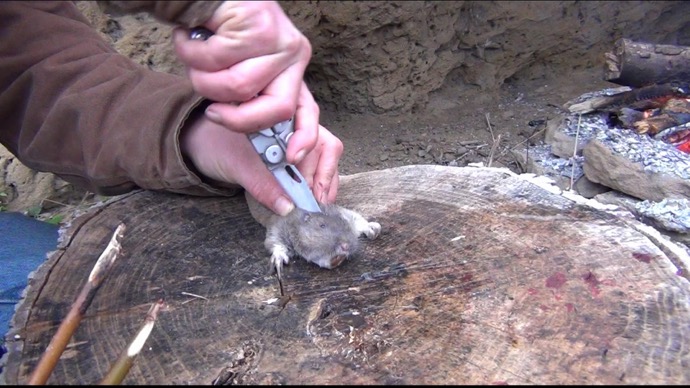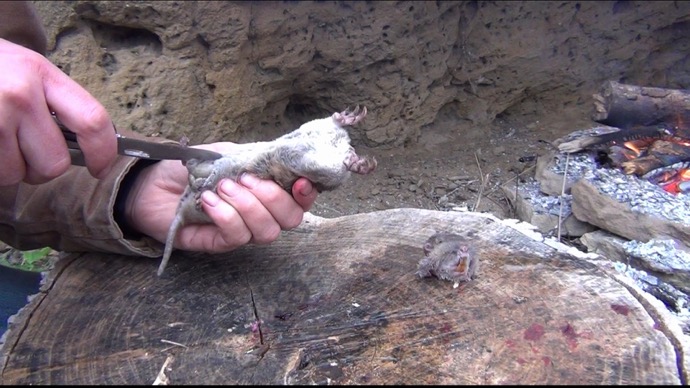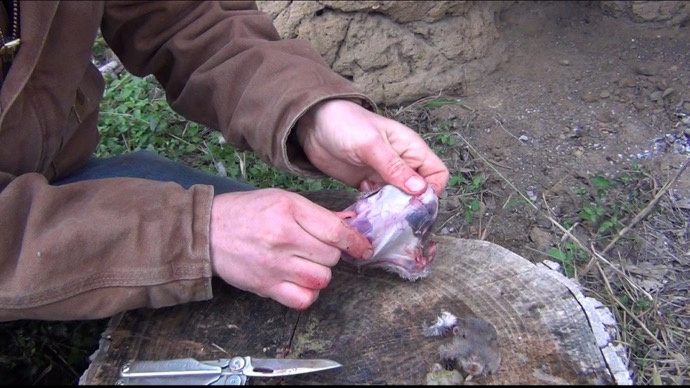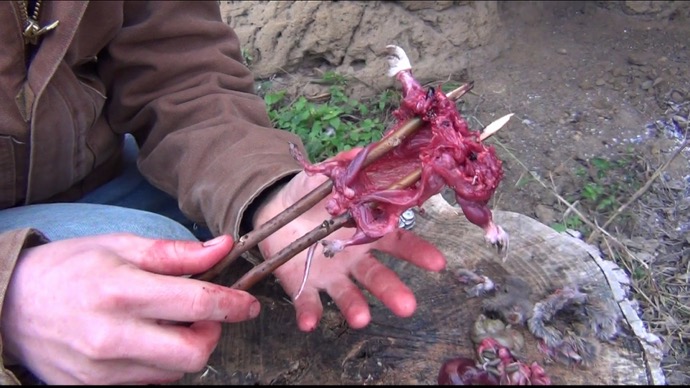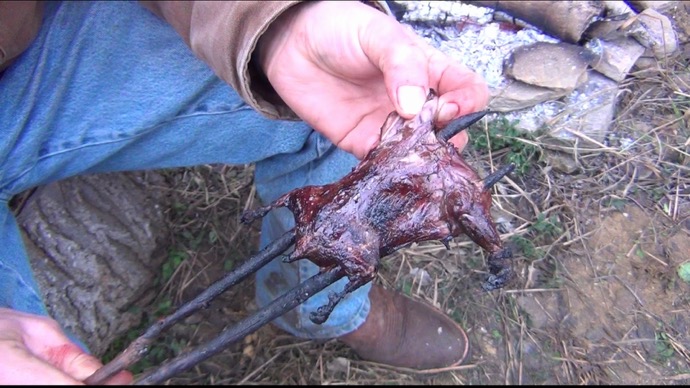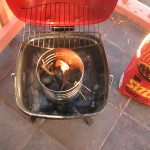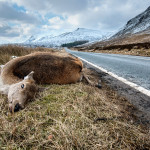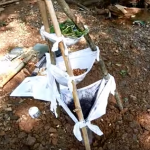How to Field Dress and Cook a Gopher
Gophers are known as voracious pests that destroy crops, but they are also an abundant source of food. Don’t think twice about catching and killing them for your next meal if you are in an area where they are present. Let’s look at a simple guide to quickly preparing and cooking gopher without the need for a lot of gear or resources.
Removing the Head
This is probably the most graphic part of this article and overall cleaning process, so if you’re squeamish, you may want to read on to the next section. The fist step is to remove the head from the gopher. If the gopher is already dead, you don’t need to worry about getting bitten. However, you want to wear a good pair of gloves if it is still alive. Take the gopher and place it on a flat surface belly-side down. Locate a gap that exists between the vertebrae and skull nearest to the shoulders as possible. Cut through this softer tissue and the head should separate from the body easily.
Removing the Innards
The next step is to try and remove all of the internal organs without damaging them as you cut. This can cause fluids to leak and contaminate the meat. If this happens, it would be wise to discard the carcass and start over with another animal out of an abundance of caution. The last thing that you want is a food-borne illness out in the field during a survival situation.
Hold the gopher upside down by cradling its back in your hand. Locate the soft spot just above the groin area and begin to cut up along an imaginary line down the center of the belly to the neck. Be careful to make shallow cuts that are just deep enough to open up the abdominal and chest cavity. You can also use a sharp pair of scissors if you want a little extra guidance and measure of protection for this step.
Remove the organs by hand, but take care not to tear the bladder, stomach or intestines. You can keep the heart, liver and lungs and use them as bait for fishing or hunting. Discard the digestive organs in a suitable location far from your campsite.
Removing the Fur and Skin
Feel for a space beneath the skin and meaty part of the carcass at the top, where the head used to be. You should be able to separate the skin and fur from the rest of the body with relative ease. You may need to put your fingers inside this ever-widening gap to make it bigger and easy to pull. However, the aim is to pull the skin and fur down and off the carcass in one piece. The skin should also lift and peel away from the claws with little or no difficulty. You can hack away at the claws if you prefer, but keeping them on will not interfere with the finished product.
Rinsing and Preparing the Meat
The next step is to rinse both sides of the carcass to remove any excess blood, fluids or remnants of hair or skin. Next, whittle the ends of two sticks into points. The sticks should be long enough to hold the gopher over the fire while also giving you a handle to grab on to as it cooks. Place the carcass upside down once again and feed each stick in through the thigh of each hind leg and through the upper part of each arm near the top. When finished, the gopher should somewhat resemble a butterflied chicken.
All you need to do now is thoroughly cook the meat. It is best to use a low-heat fire or place the meat high above the flames. You want the meat to cook slowly to avoid charring and drying out. It is also very easy to burn the outside of the carcass while the inside remains under-cooked. Low and slow is the way to go to give you a moist and somewhat tasty meal.
Cooking gopher is not everyone’s cup of tea, but during a survival situation, this meat may be the only thing available. Hopefully this tutorial gives you a general idea of how to prepare and cook gopher, and you can follow similar techniques when preparing other small mammals as well.


